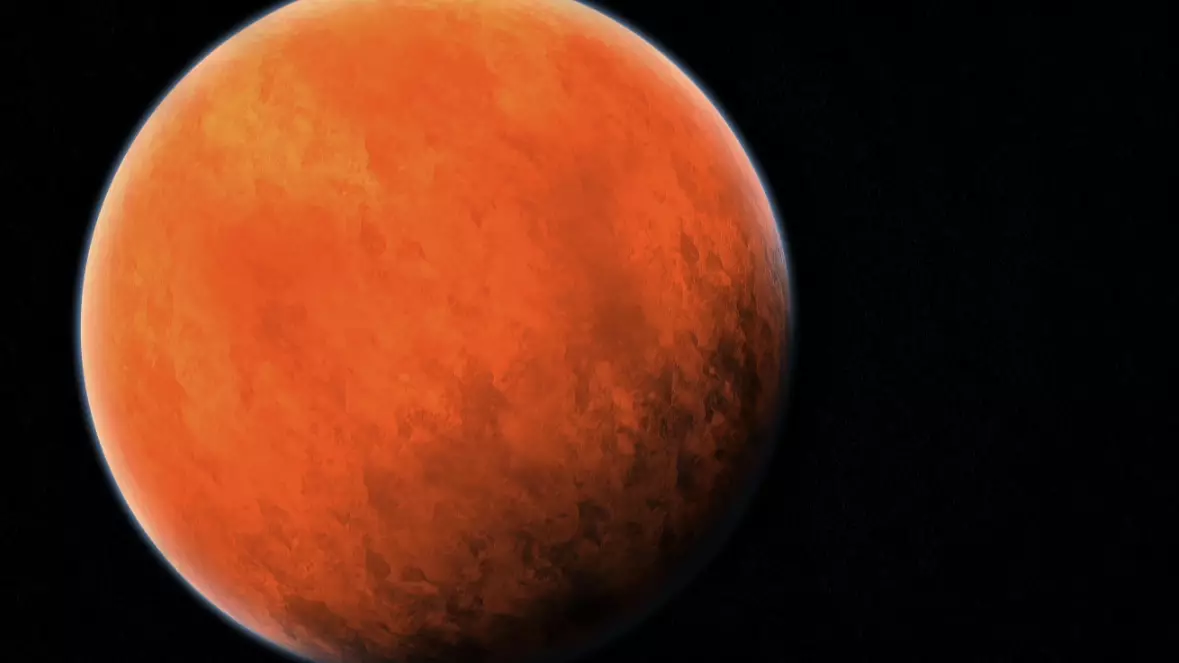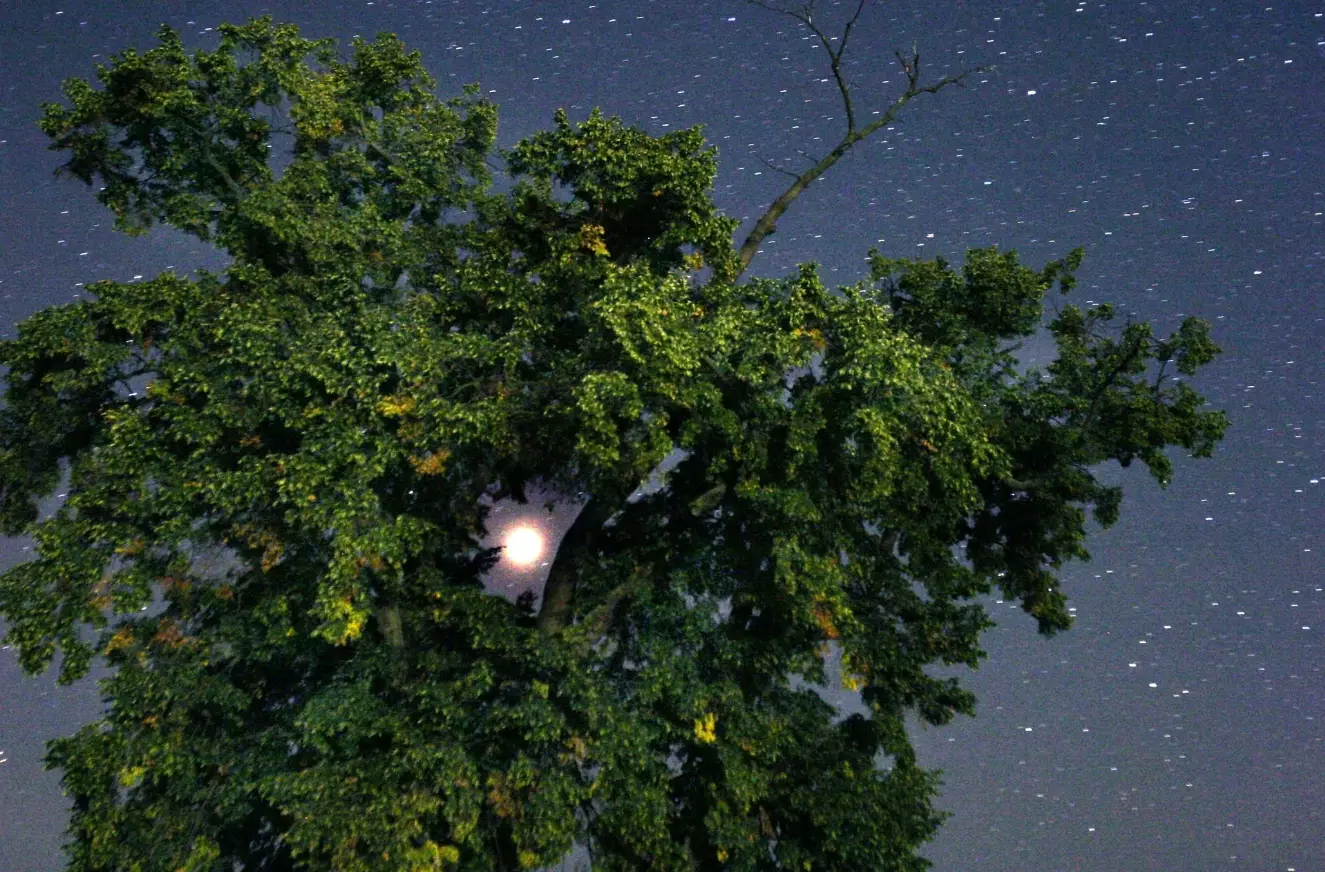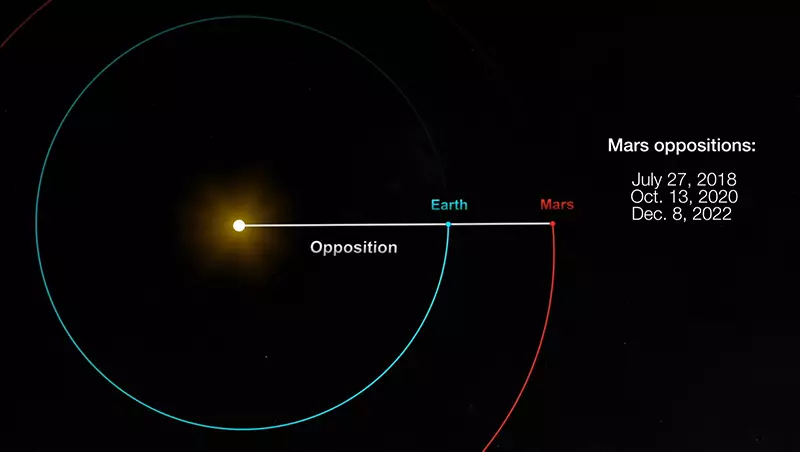
Mars will appear bigger and brighter in the sky today than it has done for 15 years - and it won't be pulling the same stunt again until 2035, which feels a particularly long way off after the year we've all had.
The planet will look like a bright red star when it appears in the night sky today (Tuesday 13 October), rising at about 7pm before it reaches peak visibility just after midnight.
The reason it's happening is because Mars is going into opposition with Earth, which means it's the moment it lines up with the Earth and the Sun.
Advert
While opposition occurs around every 26 months, meaning it is set to happen again until 2023, this one is due to be particularly good as it's one of the closest since 2003. That time, Mars was 34 million miles away, which was the closest it's been in 60,000 years (and the closest it'll be until 2287).

It should be visible before it peaks, but according to the Royal Observatory Greenwich it'll be at its best at around 1am on Wednesday morning (14 October).
Royal Observatory astronomer Hannah Banyard told the Daily Mail: "It's a really good chance to view it - the last time this happened was 2018 but it was quite difficult for a lot of people to see because it was quite down in the horizon."
Advert
You won't need any special kit to see it, either, as it will be easily seen with the naked eye if you just look eastwards towards the constellation Pisces - although if you've got a telescope knocking about, you may also be able to see surface features and polar ice caps.
Cloudy weather is forecast for some parts of the UK, but Banyard explained you can hopefully get a glimpse of Mars among any breaks or even through lighter cloud.
She added: "You can see it as a bright orangey-red looking star just with your eyes, but I recommend using at least a four-inch telescope with 24-millimetre magnification and then you'll be able to make out some features on the surface."
Advert
As every close approach is different, the red planet won't appear this bright again until 2035, but it should remain bright until the end of October, so hopefully you can make the most of it while it lasts.
Featured Image Credit: PA
Topics: World News, News, mars, space
